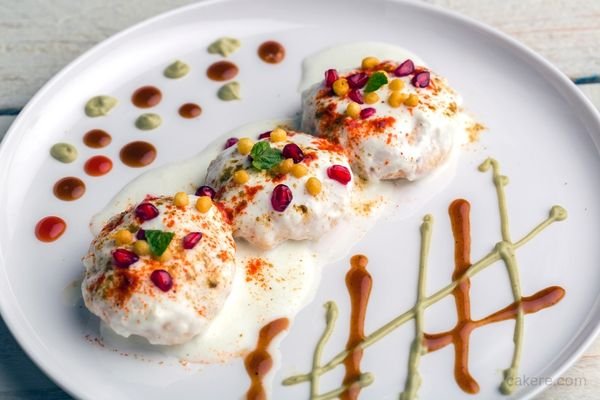Baking is a science that requires precise measurements and careful attention to ingredients. While some ingredients are easy to understand, others can be a bit more mysterious. Dahi, or yogurt, is one such ingredient.
It’s often used in savory dishes, but can it be used in baking? The answer is yes, and in fact, dahi can be a valuable addition to your baked goods. In this article, we’ll explore the role of dahi in baking and share some tips for using it effectively.

What Does Dahi Do in Baking?
Dahi is a fermented dairy product that contains live bacteria. This bacteria can help activate yeast in bread dough, leading to a better rise and softer texture. Dahi can also be used as a substitute for other liquids, such as milk or buttermilk, in recipes. Here are some of the specific ways that dahi can impact your baked goods:
- Improves Texture: Dahi can add moisture to baked goods, resulting in a softer texture. It can also help create a tender crumb in cakes and muffins.
- Enhances Flavor: Dahi has a tangy, slightly sour flavor that can complement other ingredients in your recipe. It can also add a subtle sweetness that enhances the overall flavor profile.
- Boosts Nutrition: Dahi is a good source of protein and calcium, which can add nutritional value to your baked goods.
How to Use Dahi in Baking:
Now that you know what dahi does in baking, let’s explore some tips for using it effectively in your recipes.
- Substitute for other liquids: You can use dahi as a substitute for milk, buttermilk, or even water in recipes. It’s especially useful in recipes that call for a tangy flavor, like sourdough bread.
- Add it to batter: You can add dahi directly to your batter to improve texture and flavor. It works particularly well in cakes and muffins.
- Use it as a marinade: Dahi can be used as a marinade for meats or vegetables, adding moisture and flavor to your dish.
FAQs
Yes, you can use flavored dahi in baking, but be mindful of the added sugar and flavorings. It may be best to use plain dahi and add your own flavorings to the recipe.
Dahi cannot be used as a direct substitute for eggs, as it doesn’t have the same binding properties. However, you can use a combination of dahi and other ingredients, like baking powder, to create a similar effect.
Yes, dahi can be used in gluten-free baking to improve texture and moisture. It works well in recipes that call for alternative flours, like almond flour or coconut flour.
Conclusion
Dahi, or yogurt, is a versatile ingredient in baking that can improve texture, flavor, and nutrition. It can be used as a substitute for other liquids or added directly to batter to enhance your baked goods. By understanding the role of dahi in baking, you can take your recipes to the next level and create delicious, nutritious treats. So, next time you’re in the kitchen, don’t be afraid to experiment with dahi!
